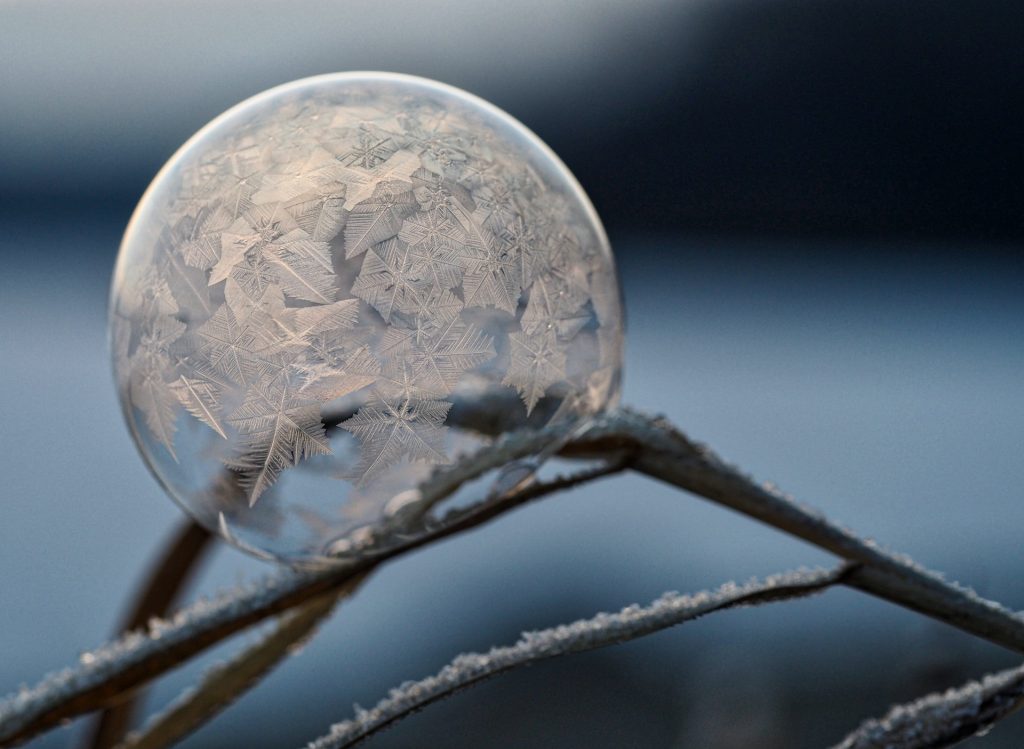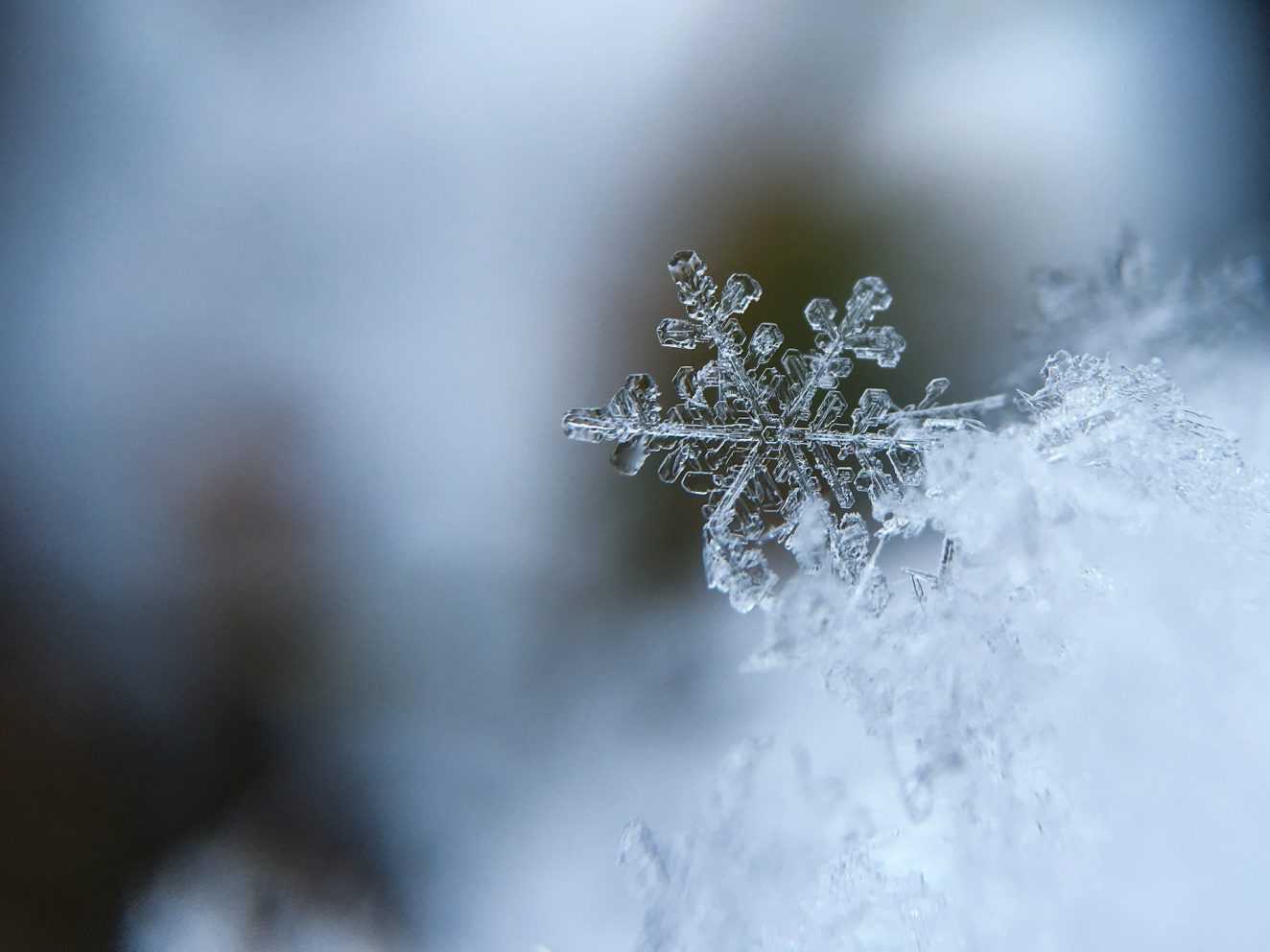Snow, a delicate and captivating meteorological phenomenon, has the power to transform the world into a winter wonderland. But beyond its aesthetic charm lies a complex scientific process. In this blog post, we will embark on a scientific journey to uncover the intricate mechanisms behind the formation of snowflakes, the conditions necessary for their existence, and the captivating science of snow.

The Birth of Snow: A Frigid Process
Snow, the frozen form of precipitation, begins its journey high in the Earth’s atmosphere, where temperature, humidity, and atmospheric conditions converge to create the ideal environment for the formation of snow crystals.
The Formation of Ice Crystals: A Delicate Dance
Snow crystals, the building blocks of snowflakes, form as water vapor condenses and freezes on microscopic particles, such as dust, in the atmosphere. This process occurs primarily at temperatures below freezing, when water droplets freeze into ice.
Hexagonal Wonders: The Unique Structure of Snow Crystals
One of the most mesmerizing aspects of snowflakes is their six-fold symmetry. This hexagonal shape is a result of the molecular structure of ice, where water molecules arrange themselves in a hexagonal lattice as they freeze. The hexagonal structure is responsible for the intricate and symmetrical patterns of snowflakes.
Diverse Snowflakes: Nature’s Infinite Artistry
While the hexagonal structure provides the foundation, the diversity of snowflake shapes is astounding. Temperature, humidity, and atmospheric conditions at different altitudes influence the intricate details of individual snowflakes. Snowflakes can vary from simple hexagonal plates to complex dendritic crystals, each a unique work of frozen art.
The Role of Temperature and Humidity: Snowflake Variety
Temperature plays a crucial role in determining the type of snowflake that forms. In general, higher humidity levels at colder temperatures lead to the creation of more intricate, branching snowflakes. On the other hand, at slightly higher temperatures, you are more likely to encounter simpler hexagonal plates.

The Formation of Snowflakes in Clouds: The Critical Role of Ice Nucleation
Clouds, where the magic of snowflake formation takes place, are essential components of the process. The freezing of water droplets in clouds requires a tiny particle around which the ice crystal can form. These particles, known as ice nucleation sites, can be dust, minerals, or even other ice crystals.
Dendritic Growth: The Formation of Stellar Snowflakes
Dendritic growth is responsible for the development of snowflakes with intricate, branching arms. As supercooled water vapor deposits on the surface of an ice crystal, it creates a branching pattern that is characteristic of many snowflakes. The precise growth depends on the temperature and humidity conditions within the cloud.
Plate-Like Snowflakes: Simplicity in Symmetry
In contrast to dendritic growth, plate-like snowflakes are formed when the conditions in the cloud are relatively uniform and stable. In these cases, the ice crystal’s growth results in a simple hexagonal plate.
The Role of Supercooling: Liquid Water in a Frozen State
Supercooling is the phenomenon in which water droplets remain in a liquid state even at temperatures well below freezing. It allows for the growth of snowflakes by enabling the deposition of water vapor onto the ice nuclei, creating the intricate patterns we associate with snowflakes.
The Journey to Earth: From Cloud to Ground
Once fully formed, snowflakes begin their descent to Earth, where they may encounter various atmospheric conditions. The snowflakes can continue to grow and evolve as they fall, leading to a range of different sizes and shapes by the time they reach the ground.

Snow, often considered nature’s frozen artistry, is a scientific marvel created by the intricate dance of temperature, humidity, and atmospheric conditions. The beauty of each snowflake lies not only in its unique, hexagonal structure but also in the intricate details that are determined by the conditions it encounters. The next time you catch a snowflake on your mittened hand, you can appreciate the remarkable science that led to its creation, and the wonder of nature’s delicate, frozen works of art.





